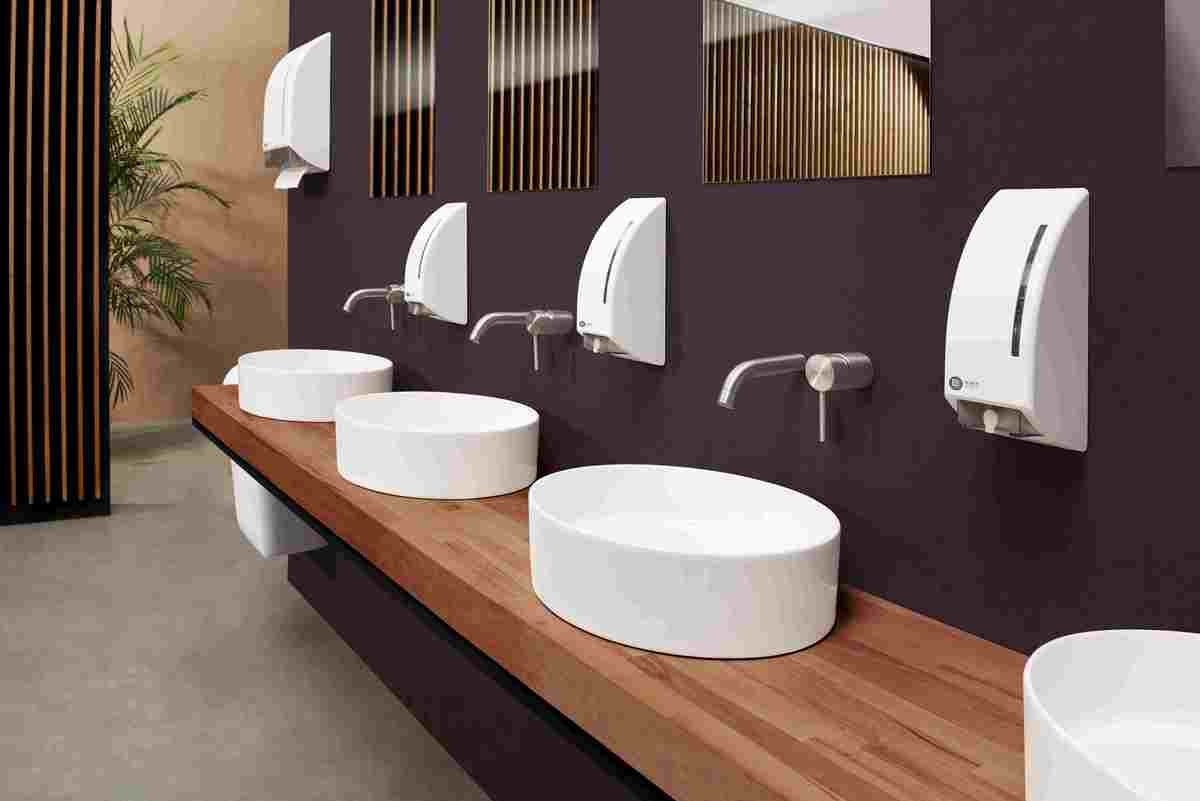23.07.2020 - Sustainability
How do you set up a circular collaboration within existing contracts?
An insight from Elisabeth Beukers, Account manager Washroom at BlackSatino
Implementing a closed cycle in practice requires cooperation throughout the supply chain. In most cases, the need will come from a facilities manager who wants to deal differently with the existing waste flows and starts a dialogue with its current suppliers. Because generally, a circular cooperation affects several contracts and in this blog I will explain how we close cycles in that process.
Quantities
Through a closed loop agreement, we can organise and guarantee that waste flows, such as confidential office paper, used paper towels and disposable coffee cups, are processed into paper towels and toilet paper.
The first step is to provide insight into the quantities and details. For example, how many tons of office paper waste is generated each year? Or how many cardboard coffee cups are consumed on an annual basis, what type of cup is it or what coating does the cup have?
We include this information in our closed loop agreements so that all partners in the supply chain stand in for and have a guarantee that these paper waste streams are brought to WEPA to make hygiene paper, which is then again destined for the toilet groups of the organisations where the waste streams are released.
In practice
The idea of closing a loop often arises in organisations, but questions such as ‘What should we do to close a cycle?’ or ‘What costs are involved?’ are not uncommon.
Your waste service provider can help you organise waste management in the right way so that it is separated at the source. There is a possibility that changes have to be made in this area, such as providing extra waste bins.
There are no additional costs associated with a circular collaboration. Our experience is that closing cycles can often be cost neutral. In all cases, however, these agreements fall within the contract with your waste service provider.
For more on this, read my other blog about circular collaboration in practice.
The agreement
The closed loop agreement is drawn up with the parties involved, including the supply chain partners. Each partner takes care of a part of the chain.
The organisation decides - in consultation with WEPA - which waste flows are used for processing into hygiene paper.
The cleaning company ensures that the waste flows are collected separately.
The waste service provider ensures that the waste flows, according to the precise specifications, are delivered to the factory in Swalmen.
WEPA then uses these waste flows as raw material for the production of hygiene paper. The cleaning company or distributor will then deliver this back to the organisation. They take care of both the financial settlement and the logistical part of the delivery of the hygiene paper.
WEPA Professional draws up a closed loop agreement in which the processed waste flows and quantities are included. In this way, the agreements with the existing suppliers remain intact.
For more information please visit:
https://blacksatino.eu/
